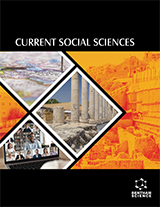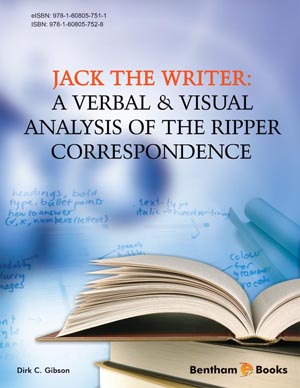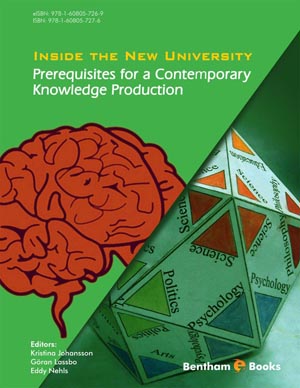Abstract
This chapter uses a person-centred approach to develop an inclusive society and related economic analyses. It develops a new kind of cost-effectiveness analysis that can encompass individual situations. To do so, this chapter uses the International Classification of Functioning, Disability and Health (ICF) in a novel way. Traditionally, people with disabilities have been excluded from environments and activities by exclusionary design practices and limited access to recent technological developments. The cost of including people with disabilities has thus been conceptualised in terms of the additional expenses for specialized technologies and modified environments. However, little attention has been given to the costs and outcomes of the existing exclusionary design practices and possible wastage of resources. Building on previous work, this chapter uses the ICF’s concepts of activities and participation to identify effectiveness, and the ICF’s concepts of environmental factors to identify the relevant costs. Such a cost-effectiveness analysis compares a particular person’s current situation, which includes providing the currently available assistive technology (AT) in an exclusionary environment, with a hypothetical optimal situation. This optimal situation is conceptualized within the framework of current technological possibilities and the person’s individual requirements. It includes the following two sub-situations: one in which a person is provided with an optimal AT system in the existing exclusionary environment and another in a universally designed environment with a corresponding AT system. The chapter uses an illustrative case to compare activities and participation achieved in both situations, and calculates the real costs that would result in an Australian town.













